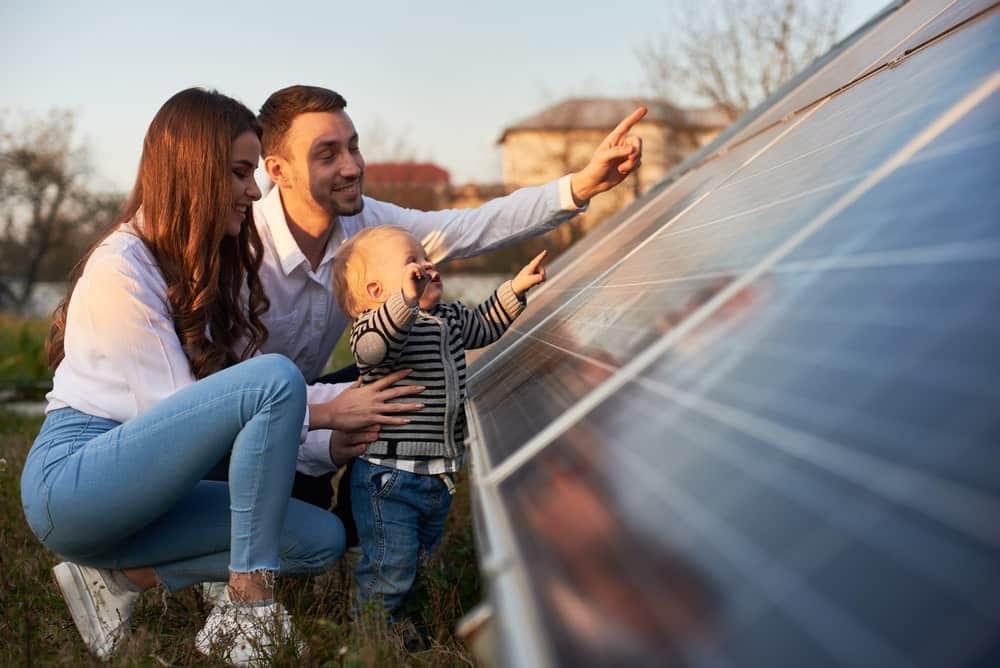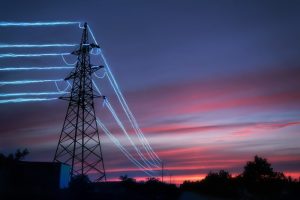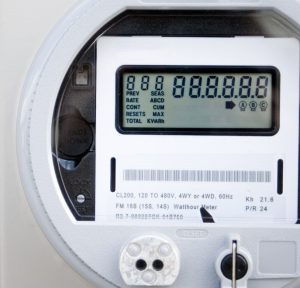Home > Energy Plans > Solar Rebates
Solar Rebates
Find out what solar rebates are available, how much they are, and who may be eligible for them right here with Savvy.
Author
Savvy Editorial TeamFact checked

Solar rebates aim to encourage more people to adopt solar power by reducing the upfront cost of installing solar panels. Once installed, feed-in tariffs pay a solar owner for any excess electricity they feed back into the national electricity grid. Both solar rebates and feed-in tariffs help you save money when transitioning to solar energy. Find out all about solar rebates and feed-in tariffs right here with Savvy.
What are solar rebates in Australia?
Solar rebates are financial incentives provided by governments and utility companies to promote the adoption of solar energy systems. These rebates are designed to reduce the upfront cost of installing solar panels, and make them more affordable for homeowners and businesses. By offering financial assistance with installation costs, solar rebates encourage the use of renewable energy and help contribute to a more sustainable future.
In addition, solar feed-in tariffs offered by energy retailers are an additional incentive to think about getting a solar energy system, as they reward you for feeding clean electricity into the national electricity grid.
How do solar rebates work?
In Australia, solar rebates are offered by the Australian Government through the Small-scale Renewable Energy Scheme (SRES). These rebates (in the form of small-scale technology certificates, or STCs) help households and small businesses afford solar energy systems by reducing their initial installation cost. The scheme offers a financial incentive to those households and small businesses that install eligible renewable energy systems, including solar panels and solar hot water heaters.
How does the SRES work?
When you install a solar system, you earn small-scale technology certificates (STCs). The number of STCs you earn depends on factors like the size of the solar system, and the date when it was installed. Each megawatt hour of renewable energy generated by the system is awarded one STC.
You then have two options for your STCs. You can either sell them to a buyer (for instance, your solar installer) who will give you a discount on your solar system installation cost, or you can keep the STCs and sell them yourself.
Electricity retailers have to buy and surrender a certain number of STCs per year to the Clean Energy Regulator. This helps support the renewable energy market and meets retailer obligations under the SRES scheme. It's important to know that the value of STCs are not fixed and can change, so the financial benefit of a solar rebate from the government can vary over time.
If you're thinking about going solar, and looking around for the best solar plan, it's important to talk to a number of solar providers and get professional advice to understand the rebates available for your particular system.
How much is the government solar rebate worth?
As of July 2023, a typical 6.6kW solar electricity system will attract a SRES ‘rebate’ of around $2,590 from the Australian Federal Government, based on the current STC price of $36. This translates to a reduction in cost of approximately $396 per kW of solar energy installed. Therefore, if you install a larger system, say 10kW, your rebate will be higher to reflect the higher cost of your solar system.
However, the STC price fluctuates over time, depending on supply and demand and the underlying cost of fossil fuels. It is capped by legislation at $40, so it will never rise higher than this amount, but it has fallen to as low as $17 since the SRES scheme was introduced in Australia in 2001.
Who is eligible to receive a solar rebate under the SRES scheme?
There are certain criteria you have to meet to receive the Federal Government's solar rebate. These are:
- Capacity limit: The system you intend to install must have a capacity of less than 100kW
- Accredited installer: The installation must be carried out by a qualified and accredited installer who meets the requirements specified by the Clean Energy Council or the relevant state/territory regulatory body
- Accredited system: You use solar panels and inverters that are approved for use in Australia by the Clean Energy Council.
For most solar electricity installations on domestic properties, your solar installer will handle the paperwork involved with getting your solar rebate, so you will not have to worry about selling your STCs, as this will be taken care of on your behalf.
What are solar feed-in tariffs, and are they a form of solar rebate?
Solar feed-in tariffs are another form of solar rebate designed to encourage the uptake of solar energy systems. While they are not exactly the same as a direct rebate, both solar feed-in tariffs and solar rebates provide financial incentives for individuals and businesses to generate renewable energy through solar systems. They are another benefit of having a solar energy system.
A feed-in electricity tariff is the amount that electricity retailers pay their customers for the excess electricity generated from solar systems and fed back into the grid. This means that when customers' solar panels produce more electricity than they consume, they receive a payment or credit for that energy.
This credit can take two forms
- a direct reduction in your electricity bill, offsetting a proportion of any electricity consumption charges you may have
- a credit on your account, which can either be used later on when your electricity bills are higher (for example, in winter) or transferred across to your gas bill, if you have both gas and electricity bundled together with the same supplier
What is the price of a feed-in tariff?
Feed-in tariffs vary from retailer to retailer, and from state to state. In July 2023 they ranged from a low of around 4c/kWh, up to 22c/kWh or more in some states. However, those households who installed a solar system prior to 31 August 2010 were offered guaranteed feed-in tariffs of 44c/kWh or more. The feed-in tariff rate for solar electricity in Australia has gradually been reducing since 2010 as more and more households take up the option of solar electricity generation.
For this reason, it’s important to compare solar feed-in tariffs and solar plans between different retailers to make sure you’re getting the best deal for your excess solar power.
Helpful energy guides
Compare energy plans
Disclaimer:
Savvy is partnered with Econnex Comparison (CIMET Sales Pty Ltd, ABN 72 620 395 726) to provide readers with a variety of energy plans to compare. We do not compare all retailers in the market, or all plans offered by all retailers. Savvy earns a commission from Econnex each time a customer buys an energy plan via our website. We don’t arrange for products to be purchased directly, as all purchases are conducted via Econnex.
Any advice presented above is general in nature and doesn’t consider your personal or business objectives, needs or finances. It’s always important to consider whether advice is suitable for you before purchasing an energy plan. For further information on the variety of energy plans compared by Econnex, or how their business works, you can visit their website.








